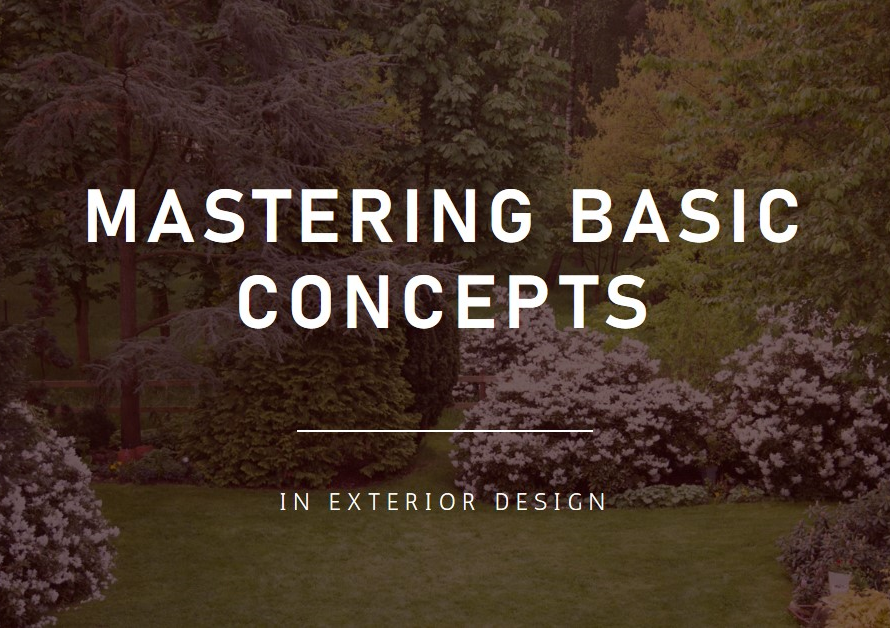
Table of Contents
Introduction to Pittsburgh’s Architectural Delights:
Pittsburgh, Nestled within the vibrant heart of Pennsylvania lies a city adorned with architectural marvels that stand as testaments to its rich history and innovative spirit. Pittsburgh, often celebrated for its industrial prowess, boasts a tapestry of architectural styles that captivate visitors and locals alike. From grandiose skyscrapers to quaint historic districts, each structure narrates a unique story, echoing the city’s evolution over centuries. Join us as we embark on a captivating exploration of Pittsburgh’s architectural delights, where every corner unveils a new chapter in the city’s narrative.
Exploring Downtown’s Skyline:
Our journey commences amidst the towering structures that define Pittsburgh’s skyline. The downtown area, a hub of bustling activity and economic dynamism, showcases a fusion of contemporary skyscrapers and historic landmarks. Among these, the iconic PPG Place emerges as a beacon of modern design, with its shimmering glass façade reflecting the city’s vitality. As we traverse the streets, the striking contrast between old and new becomes evident, with architectural giants like the U.S. Steel Tower standing tall beside the elegant Union Trust Building, a testament to Pittsburgh’s architectural diversity.
Delving into Historic Neighborhoods:
Venturing beyond downtown, we delve into Pittsburgh’s historic neighborhoods, where time seems to stand still amidst the cobblestone streets and quaint row houses. The Strip District, once a thriving industrial center, now boasts a vibrant mix of restored warehouses and trendy boutiques, offering a glimpse into the city’s industrial past and cultural renaissance. Meanwhile, in the shadow of Mount Washington, the charming streets of Shadyside and Squirrel Hill beckon with their tree-lined avenues and stately Victorian mansions, evoking a sense of timeless elegance and suburban tranquility.
Revitalizing Industrial Heritage:
Pittsburgh’s architectural landscape is not only defined by its gleaming skyscrapers and historic neighborhoods but also by its adaptive reuse of industrial relics. The transformation of former factories and warehouses into vibrant cultural hubs exemplifies the city’s commitment to preserving its industrial heritage while embracing innovation. The iconic Carrie Blast Furnaces, now repurposed as a venue for art installations and events, serve as a poignant reminder of Pittsburgh’s steelmaking legacy, offering visitors a glimpse into the city’s industrial past and creative future.


Embracing Innovation in Architecture:
While Pittsburgh pays homage to its architectural heritage, it also embraces innovation with cutting-edge designs that push the boundaries of creativity. The Carnegie Mellon University campus stands as a testament to this ethos, with its bold and innovative architecture reflecting the institution’s commitment to excellence in education and research. Meanwhile, the sleek contours of the David L. Lawrence Convention Center embody sustainable design principles, earning accolades for its environmental stewardship and forward-thinking approach to urban development.
Rediscovering Cultural Landmarks:
In addition to its architectural diversity, Pittsburgh boasts a wealth of cultural landmarks that enrich the city’s tapestry of experiences. The Carnegie Museums of Art and Natural History, housed within a grand Beaux-Arts-style building, showcase an extensive collection of world-class art and artifacts, inviting visitors to immerse themselves in the beauty of human creativity and natural wonders. Across the river, the towering spires of the Cathedral of Learning stand as a symbol of academic excellence, offering a breathtaking panorama of Pittsburgh’s skyline from its historic halls.
Preserving Architectural Heritage:
As Pittsburgh continues to evolve, preserving its architectural heritage remains paramount in safeguarding the city’s identity and character. Organizations like Preservation Pittsburgh work tirelessly to protect historic landmarks and advocate for responsible urban development, ensuring that future generations can appreciate the architectural treasures that define the city’s legacy. From the restoration of historic theaters to the adaptive reuse of industrial sites, these efforts serve as a testament to Pittsburgh’s commitment to honoring its past while embracing its future.
Celebrating Community Spaces:
At the heart of Pittsburgh’s architectural landscape lie its vibrant community spaces, where residents gather to connect, celebrate, and inspire one another. From bustling market squares to serene parks and gardens, these public spaces serve as focal points of social interaction and cultural exchange, fostering a sense of belonging and pride among Pittsburghers. Whether attending a concert at Point State Park or strolling through the vibrant murals of the East End, visitors are welcomed with open arms into the fabric of Pittsburgh’s diverse communities.
Conclusion:
In conclusion, Pittsburgh’s architectural delights offer a captivating journey through time, design, and innovation, where every structure narrates a story of resilience, creativity, and cultural heritage. From the towering skyscrapers of downtown to the quaint neighborhoods steeped in history, each corner of the city invites exploration and discovery, revealing the vibrant tapestry of experiences that define Pittsburgh’s identity. As we bid farewell to this enchanting city, we carry with us a newfound appreciation for its architectural treasures and a sense of wonder for the stories that await our next adventure.


